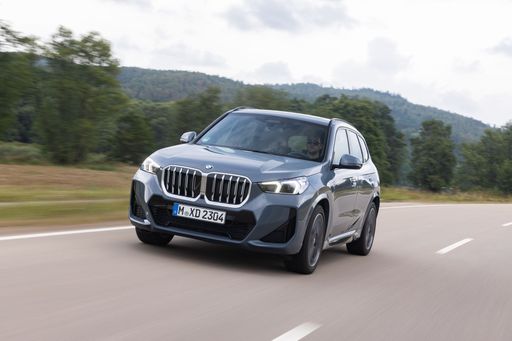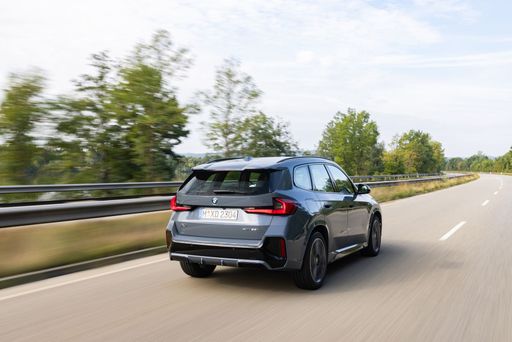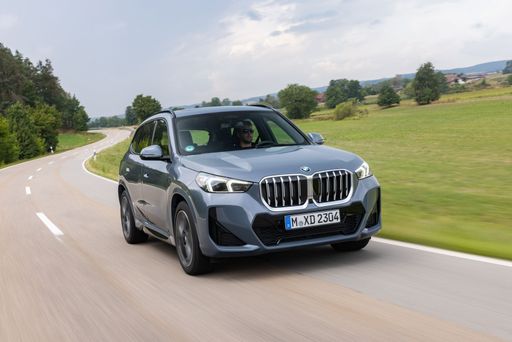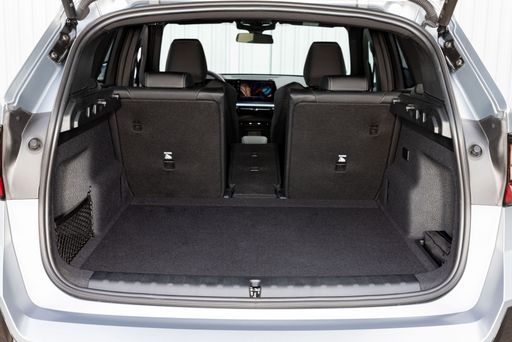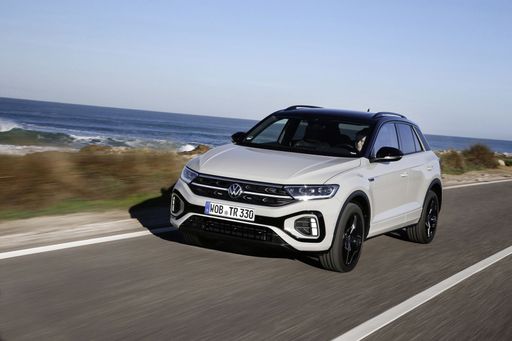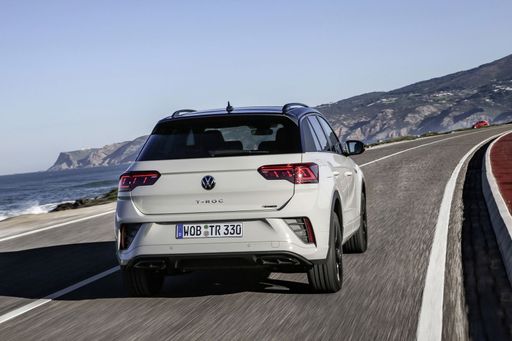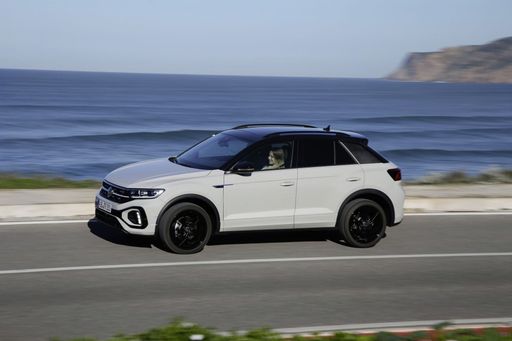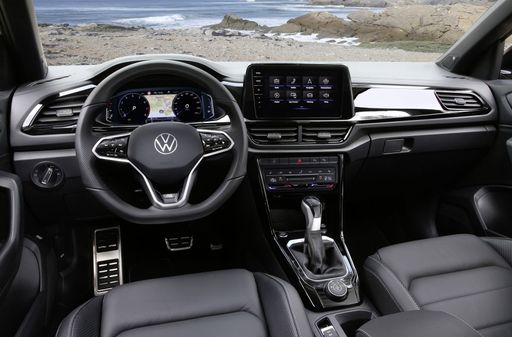Engine and Performance:
Under the bonnet, it becomes clear which model is tuned for sportiness and which one takes the lead when you hit the accelerator.
When it comes to engine power, the BMW X1 has a decisively edge – offering 326 HP compared to 150 HP. That’s roughly 176 HP more horsepower.
In acceleration from 0 to 100 km/h, the BMW X1 is clearly quicker – completing the sprint in 5.40 s, while the VW T-Roc takes 8.90 s. That’s about 3.50 s faster.
In terms of top speed, the BMW X1 performs a bit better – reaching 250 km/h, while the VW T-Roc tops out at 212 km/h. The difference is around 38 km/h.
There’s also a difference in torque: BMW X1 pulls significantly stronger with 477 Nm compared to 250 Nm. That’s about 227 Nm difference.

